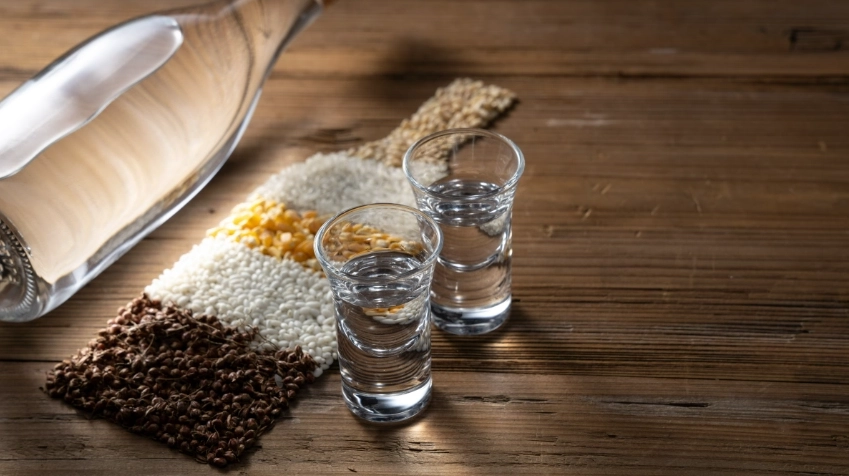In today's world, where environmental concerns are at the forefront, the need for sustainable packaging solutions has become paramount. Biodegradable packaging has emerged as a promising alternative to traditional packaging materials. In this blog post, we will delve into the concept of biodegradability in packaging, exploring its significance, benefits, and applications across various industries.
- Understanding Biodegradability:
Biodegradability refers to the ability of a material to break down naturally and be assimilated by microorganisms in the environment. In the context of packaging, it implies that the packaging material can decompose into natural elements, such as water, carbon dioxide, and biomass, without leaving behind harmful residues. - Types of Biodegradable Packaging:
a) Bioplastics: Bioplastics, derived from renewable sources like cornstarch or sugarcane, offer a viable alternative to conventional plastics. These materials can be composted or broken down through industrial processes, reducing their impact on the environment.
b) Paper-based Packaging: Paper, being derived from trees, is inherently biodegradable. By utilizing recycled paper or opting for responsibly sourced paper, packaging can be made more sustainable.
c) Natural Fiber Packaging: Packaging materials made from natural fibers, such as bamboo, hemp, or jute, possess excellent biodegradability. These fibers can be processed into sturdy packaging options, ensuring both strength and eco-friendliness. - Advantages of Biodegradable Packaging:
a) Environmental Benefits: Biodegradable packaging significantly reduces the accumulation of non-biodegradable waste in landfills, minimizing the release of harmful greenhouse gases.
b) Resource Conservation: Biodegradable materials often require fewer resources to produce, reducing energy consumption and carbon emissions during manufacturing.
c) Consumer Appeal: With increasing consumer awareness and preference for eco-friendly products, biodegradable packaging can enhance brand reputation and attract environmentally conscious customers. - Applications of Biodegradable Packaging:
a) Food Industry: Biodegradable packaging plays a crucial role in preserving the freshness and quality of food products. It can be used for packaging fruits, vegetables, snacks, and even beverages, ensuring minimal environmental impact.
b) E-commerce Sector: As online shopping continues to surge, biodegradable packaging offers a sustainable solution for shipping products. Biodegradable mailers, cushioning materials, and void fillers can replace traditional plastic-based packaging.
c) Healthcare and Pharmaceutical Sector: Biodegradable packaging materials can be utilized for medical supplies, drug packaging, and even single-use items, reducing the environmental footprint of the healthcare industry.
Conclusion:
Biodegradable packaging represents a significant step towards achieving a more sustainable future. Its ability to break down naturally, coupled with its numerous advantages, makes it an ideal choice for businesses across various industries. By embracing biodegradable packaging, we can contribute to the preservation of our planet while meeting the evolving needs of consumers. Let us embark on this transformative journey towards a greener and more responsible packaging ecosystem.

